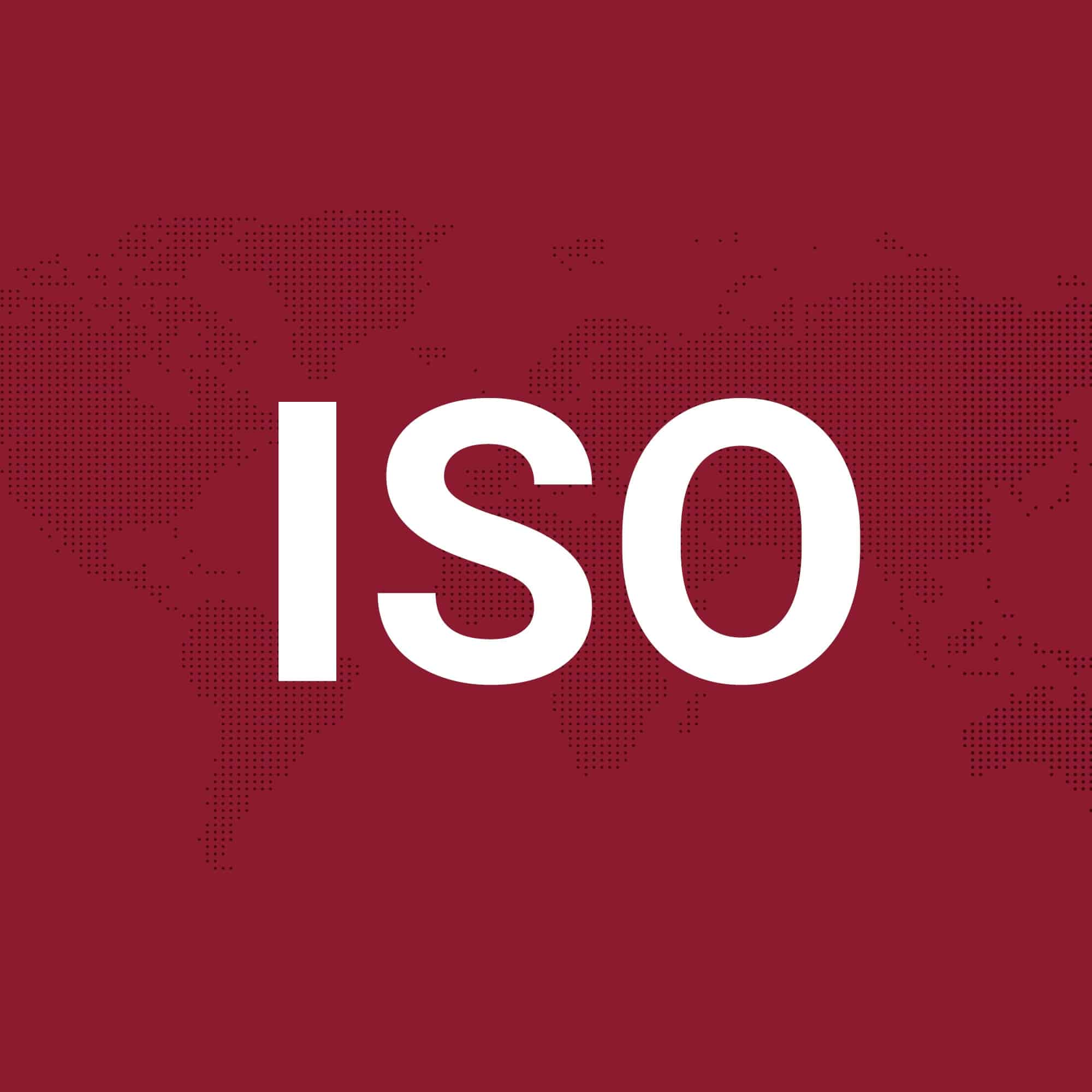ISO 1133 specifies methods for measuring the melt mass-flow rate (MFR) and melt volume-flow rate (MVR) of thermoplastics, supporting material characterization and quality control. It defines test conditions, is applicable to most thermoplastics, and is widely used for consistent product comparison and certification.

What is ISO 1133?
ISO 1133 is an international standard that specifies the method for determining the melt mass-flow rate (MFR) and the melt volume-flow rate (MVR) of thermoplastic materials. These measurements are essential for characterizing the flow properties of plastics in a molten state, which in turn helps assess their suitability for various processing techniques such as extrusion and injection molding. ISO 1133 describes testing procedures, apparatus requirements, and reporting instructions to ensure reproducible and comparable results across laboratories and industries.
Significance for the plastic industry
The adoption of ISO 1133 has become a standard requirement in plastic production and quality assurance, providing a consistent benchmark for product comparison and regulatory compliance. The test delivers quantitative data that enables processors and suppliers to verify that materials meet necessary performance criteria, especially for demanding applications in packaging, construction, and automotive sectors. Laboratories rely on ISO 1133 to achieve repeatable test results and maintain traceable documentation as part of their quality management systems.
Key aspects and limitations
ISO 1133 outlines two main procedures: Method A, which measures the MFR by determining the mass of polymer extruded in 10 minutes, and Method B, which determines the MVR based on the volume displaced over time. The test is not suitable for materials with high degradation or cross-linking during melting. Precise control of temperature and load, as well as the use of correctly conditioned test specimens, are critical for achieving reliable results.
Takeaway
ISO 1133 plays a central role in standardizing the evaluation of thermoplastic melt flow properties and is an important reference for manufacturers, laboratories, and end users.
Test equipment and sample requirements
Begin by preparing the test apparatus according to ISO 1133 specifications, which typically includes a melt flow indexer equipped with a temperature-controlled barrel, a piston, and a standard die. Test samples of the thermoplastic material should be prepared in accordance with the relevant pre-conditioning requirements to ensure accuracy. Cleanliness of the equipment and correct temperature settings are essential for reliable results. Select the appropriate testing conditions (temperature and load) as indicated in ISO 1133 or as specified for the material under test.
Testing procedure basics
Once the machine is set to the specified temperature and the die is in place, load a measured amount of material into the barrel. Allow the sample to preheat for the recommended time. Once the preheating period is complete, apply the specified mass onto the piston to begin extrusion. Record the extrudate as it exits the die during the test interval (typically 10 minutes for Method A).
Measurement and calculation
For Method A, collect the extruded material at defined intervals and weigh it to determine the MFR (grams per 10 minutes). For Method B, record the movement of the piston to calculate the MVR (cubic centimeters per 10 minutes). Ensure that all timing, weighing, and measurement steps follow the guidelines specified in ISO 1133 for reproducibility and accuracy. Additional corrections or recalculations may be required for materials showing irregular flow behavior.
Reporting results
Document the test conditions, material identification, and measured values as outlined in ISO 1133. Include temperature, applied load, time, and the calculated MFR or MVR. Report any deviations from the standard procedure. Reliable reporting ensures traceability and comparability of results across different laboratories and production environments.
Additional notes for users
Periodic calibration of the melt flow indexer and routine verification of test procedures are recommended. Proper training of personnel and consistent sample preparation are crucial for achieving valid results. For some thermoplastics, ISO 1133 may be supplemented with additional standards governing impact, mechanical, or thermal properties.
Summary
Performing melt flow rate testing according to ISO 1133 ensures reliable quality control and material specification in the plastics industry. Adhering to standard procedures, accurate reporting, and equipment maintenance are essential for repeatable and meaningful results.
We are at your disposal for any questions, comments and suggestions. We look forward to hearing from you.
Feel free to contact us using the contact form below.
We strive to answer all inquiries within 24 hours (on working days).